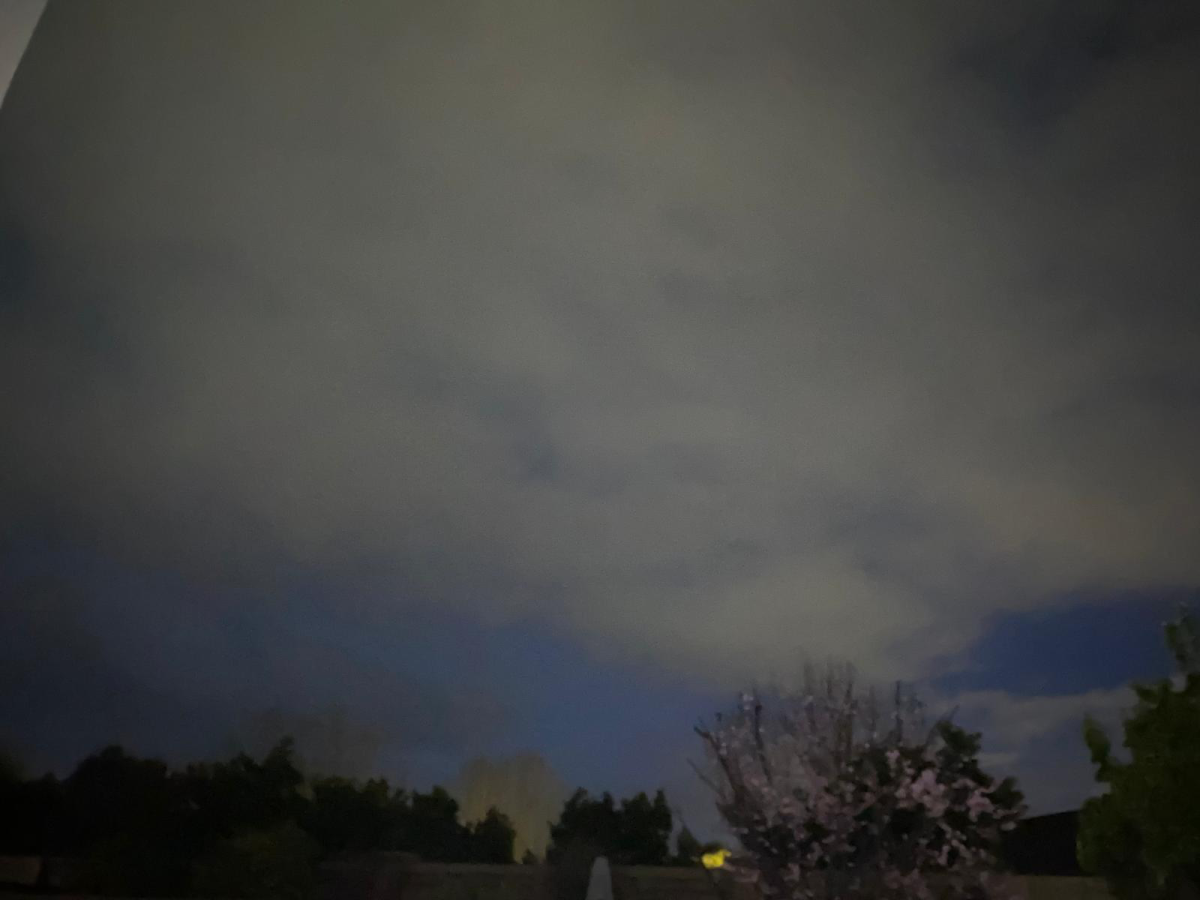In recent days, Pleasanton — typically known for its mild climate and sunny skies — has been transformed into a waterlogged landscape, with umbrellas and rain coats becoming a daily necessity.
According to meteorologists, Pleasanton received a total of approximately 4.44 inches of rain from Monday, Jan. 29, to Monday, Feb. 5, with precipitation levels exceeding seasonal norms.
“The intensity and duration of this atmospheric river seems greater than what we normally see,” said climate enthusiast Mukhil Murugan (‘24).
The effects of the storm
In an unexpected turn of events, an atmospheric river has unleashed its fury upon Pleasanton and the broader Bay Area, sending residents scrambling for cover. Characterized by its potent rainfall and dense storms, this deluge has left a trail of puddles and destruction in its wake.
“With the worst of the storm behind us, we’re all breathing a little easier now. But, that storm was definitely something — especially the high winds,” said local Pleasanton business owner Jignesh Kantilal.
The heavy rainfall was accompanied by fierce winds, reaching speeds of up to 75 mph on Sunday evening. Small trees bent, branches scattered, and road signs were twisted and mangled in the tempest. Local authorities issued wind advisory alerts throughout the Bay Area, urging residents to remain indoors as a precautionary measure.
“I was driving during the storm. The traffic lights looked like they were going to get detached from the ground. It was unlike anything I’ve seen before,” said local resident Kenny James.
Global significance
The impact of this atmospheric river extends far beyond Pleasanton, engulfing the entire state of California in a tempest of rain and wind. From San Francisco to Los Angeles, cities across the region are grappling with the challenges posed by relentless precipitation, flash floods, mudslides, intense winds, and widespread power disruptions.
“This event serves as a stark reminder of the unpredictable nature of our climate. As we confront the realities of climate change, we must redouble our efforts to invest in resilience and adaptation measures to protect our communities from future extreme weather events,” said Kantilal.
Simply speaking, an atmospheric river is a narrow band of moisture-laden air that can transport vast amounts of water vapor across long distances, often leading to intense rainfall and flooding when it makes landfall.
With forecasts showing reduced rainfall in the coming days, a sense of relief is spreading throughout the community
“Like anything else, we have weathered this storm together. I am thankful that we were not as heavily impacted in Pleasanton. My prayers go out to those who are struggling,” said Murugan.
































